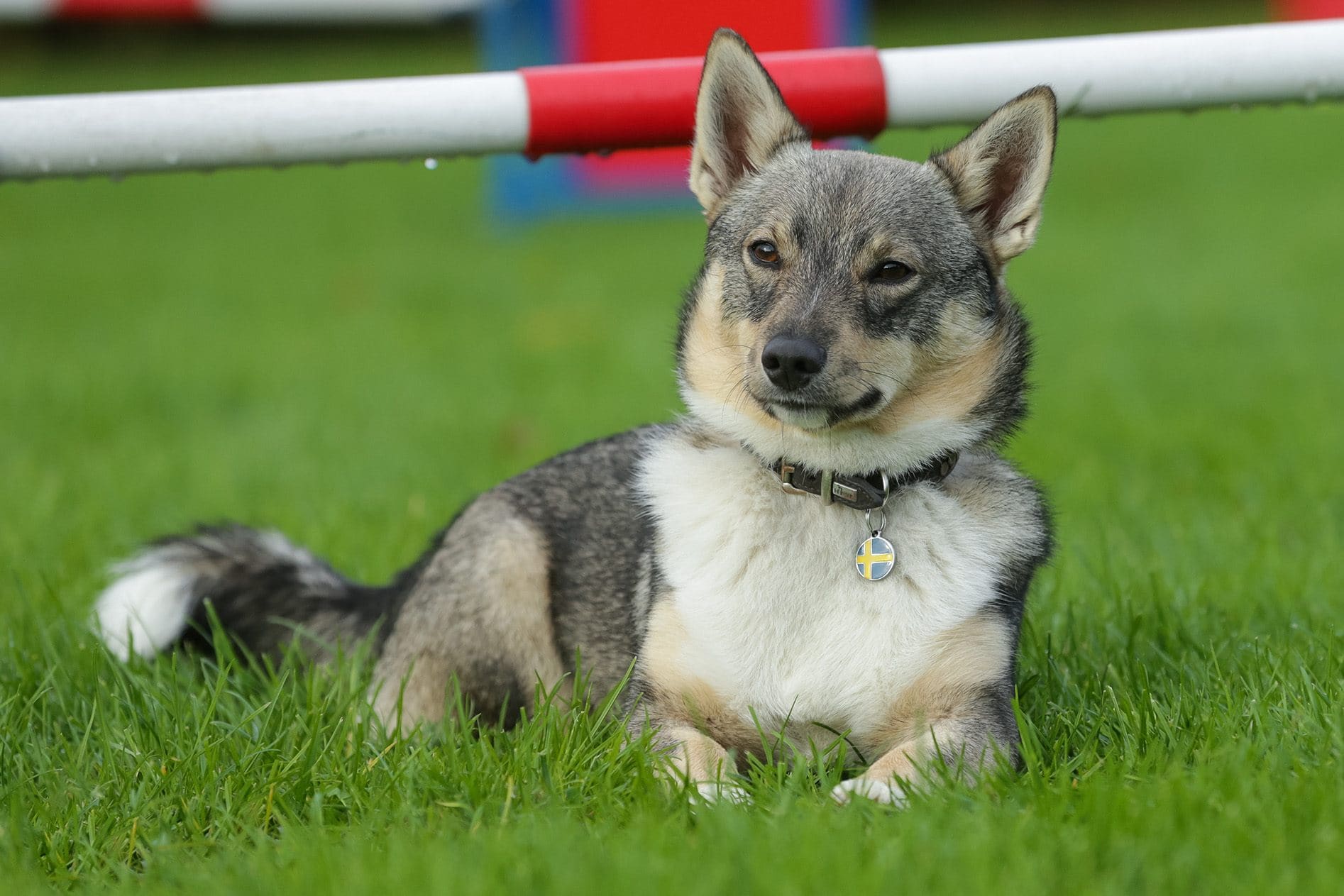6 Reasons Your Dog Doesn’t Want to Walk (And What to Do!)

Updated on
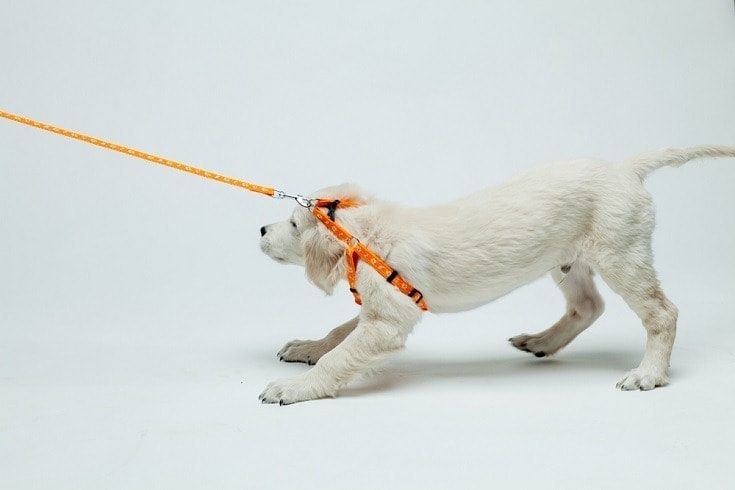
Have you ever been on your daily walk with Fido and all of a sudden, he just stops moving? And no matter how much you beg and plead, he just doesn’t budge?
This is a pretty common occurrence among dogs, and there are many different reasons why they do this. Sometimes, you can chalk it up to defiance. Other times, it can be for reasons that are more sinister.
In order to correct this situation and get your pup moving again, you need to understand the root causes of this behavior. Here are six different reasons why your dog doesn’t want to walk and how to get them moving again!
The 6 Reasons Your Dog Doesn’t Want to Walk:
1. Fear
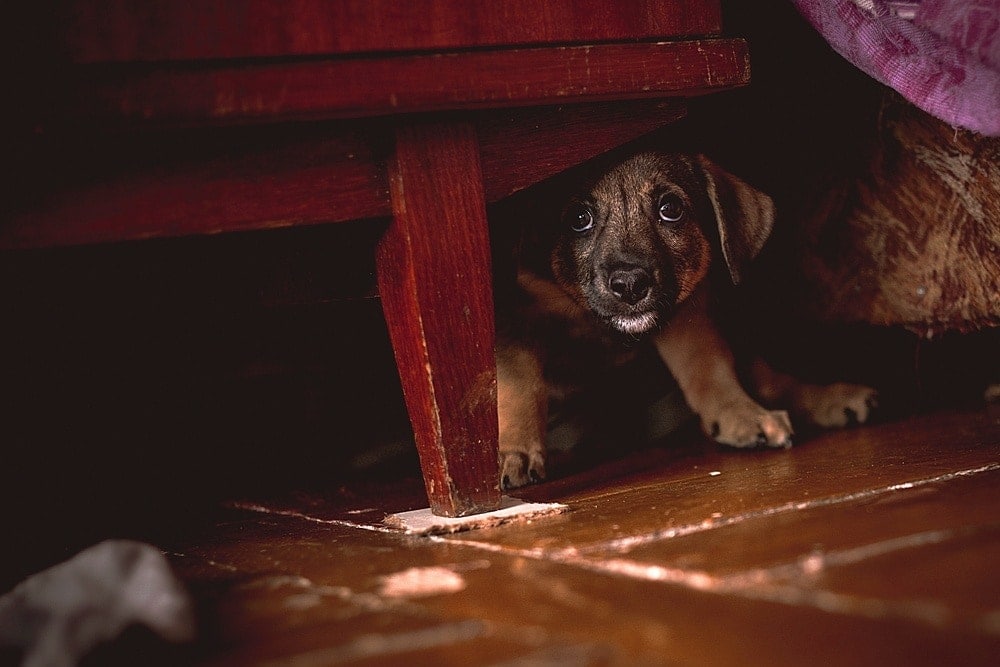
Just like us, fear can stop your pooch dead in their tracks. If your pup is afraid of any outside influence — whether it be automobiles, being outside the home, or other dogs and people — your dog may not want to continue their walk. In fact, they might be perfectly content with finding a comfy piece of sidewalk and planting their bottom. But fear, however, can be overcome.
In order to get your pup to healthily conquer their fear, you’re going to want to move slowly and at a comfortable pace for your dog. The first major hurdle is to acclimate your pet to whatever is making them fearful. For instance, if your dog seems to freeze up when there is heavier foot traffic around, try taking them out during off-peak hours.
With this issue, you’re going to want to use strong positive reinforcement. When your canine companion starts performing any behavior that can be indicative of wanting to take a walk, provide positive support (or even a treat) and build upon that behavior. Soon, your dog will be begging to go out!
2. Leash Unfamiliarity
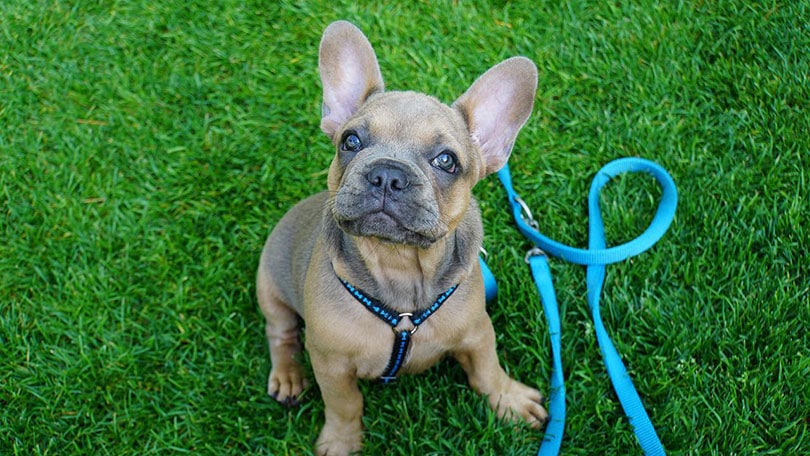
Sometimes, pups stop walking because they don’t like the restriction that comes with a leash. With leash laws widely enforced throughout the world, this is a major hurdle to overcome for some owners. This can be particularly true with new puppies. New puppies might not take to the leash immediately and feel limited or depressed when harnessed. However, the key to breaking through this is persistence.
Your dog just needs to get used to the feeling and limitations that being on their leash provides. Also, as long as the leash fits comfortably and snugly, you don’t need to keep swapping rigs. That’s because you want your dog to find some stability when wearing a leash. By continuously changing rigs or lengths, you can overload an already uneasy pup.
And although puppies are the most likely to outright resist leash training, they’re also the easiest to mold. Puppies will adapt much quicker than adult dogs, as we know from the adage that “you can’t teach an old dog new tricks.”
3. Uncharted Territory

Have you ever found yourself entering an unfamiliar place and needed time to stop and collect your bearings? The exact same thing can happen with your dog if you’re entering a new environment.
They may sit down and observe their surroundings before deciding whether or not it’s safe for them to continue. When this happens, the worst thing you can do is to tug them along. By doing so, you can easily turn a cautious feeling into a fearful one. And that’s a much bigger issue.
Instead, the best option may just be to wait it out. Let your dog fully take in all the new sights, sounds, and smells. There’s a good chance that they’re preparing themselves for a busy time full of exploring and territory marking.
4. Uncomfortable Leash and Harness
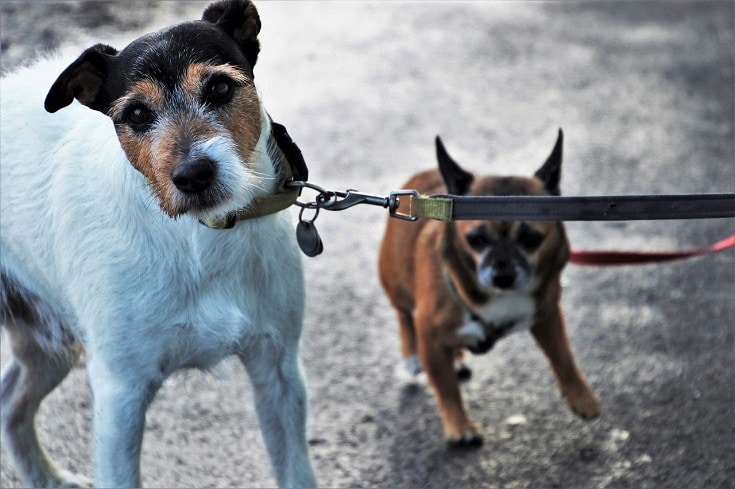
Would you walk a mile in shoes that hurt and cut your feet? No! So, you can’t expect your pup to do the same. If their leash is uncomfortable, there’s just no way your dog is going to enjoy going for a walk.
But how can you tell if their leash is uncomfortable?
Do you see them scratching excessively in their leashed or harnessed areas? Are they constantly biting and attacking the leash itself? If so, then you probably have a leash issue.
Avoid this by finding the lightest leash, harness, and collar for your pup. If they can’t really tell they’re wearing one, then that’s a good sign. Breathable, no-pull dog harnesses like the Mighty Paw No-Pull Padded Harness are excellent choices.
And stay away from older-styled collars such as choke, prong, or shock. Aside from being barbaric, they don’t teach or properly control your pup. Those types of collars can actually do severe physical harm to your dog and should be avoided at all costs.
5. Hidden Pain
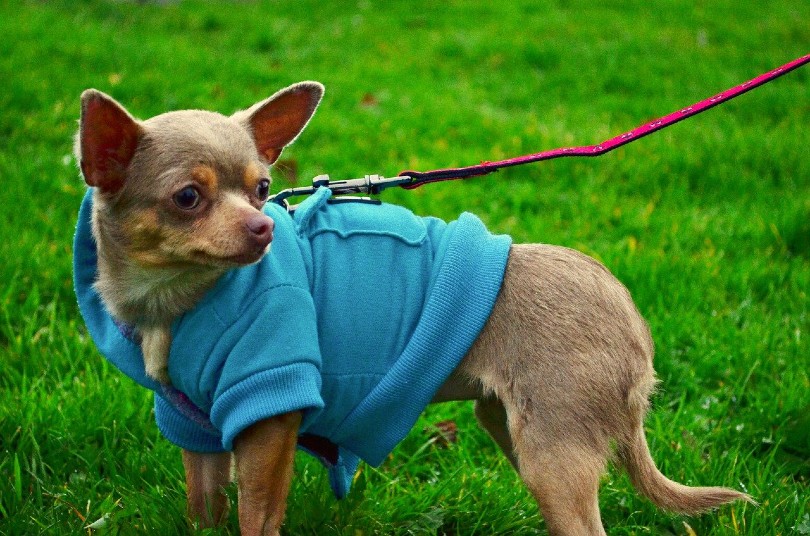
Sometimes, your pup may not be walking due to pains they may be experiencing. Often, it’s something just as simple as a rock or splinter caught in their footpad. That’ll put a damper on any dog’s mood and make them not want to walk. Quick removal and a rub down will probably boost their spirits and have them back on the move.
However, if you see your pup in visible pain or limping, you’re going to need to get that checked out. Your pup may be experiencing orthopedic or arthritic pain. This situation is much more prevalent in older dogs, but that does mean it can’t happen to puppies as well.
Be sure to take your pooch to the vet and have them closely analyzed.
6. Not Ready to Go
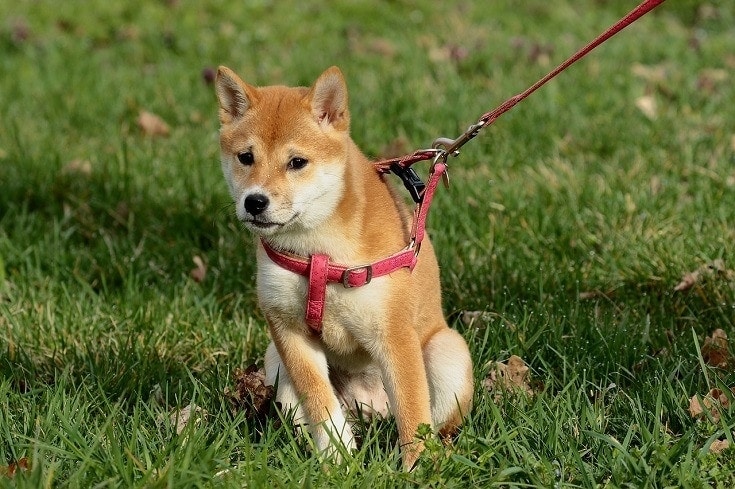
Lastly, there’s always the possibility that your dog has stopped walking because they’re enjoying themselves right where they are. This is the best type of stoppage. It means that there’s nothing wrong with your pooch at all, and they’re just living their best life.
However, this can be relatively inconvenient for us. Fortunately, there is a way to train your pup out of this habit, and it’s by not showing any reaction at all.
For example, let’s say you’re at the park and it’s time to go home, and old Fido doesn’t want to leave on account of all his newfound friends. You should call him as you normally would. Be firm but loving, and if he refuses, then just wait.
Don’t try to drag them along or call them again. This could reinforce their stubbornness. Instead, remain calm or rub a treat within your hand. By showing them slyly that you’re the boss, they’ll eventually come around.
Conclusion
There are several reasons why your pup will just stop walking. And normally, there’s a good reason for it. If they’re not stopping for any of the above reasons, your pup might just be pooped out and need a moment to recover.
Either way, dragging them along unwillingly is never the answer. Support and positive reinforcement go a long way when leash training and walking with your furball.
Related Read:
- Positive Reinforcement vs. Correction Dog Training Methods: Which to Choose?
- 8 Simple Steps to Stop Your Dog From Eating Rocks
Featured Image Credit: Nikita Vishneveckiy, Shutterstock




